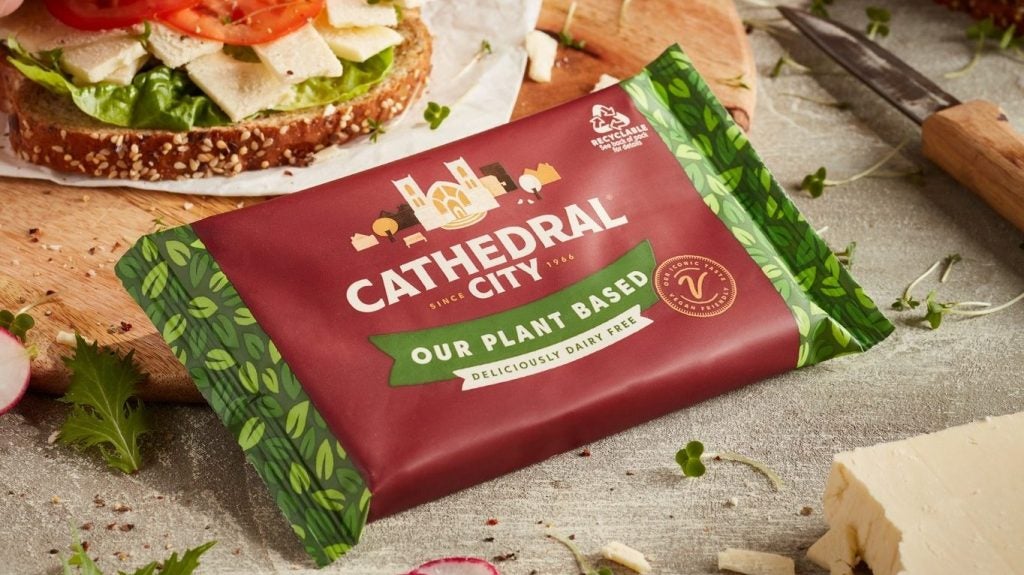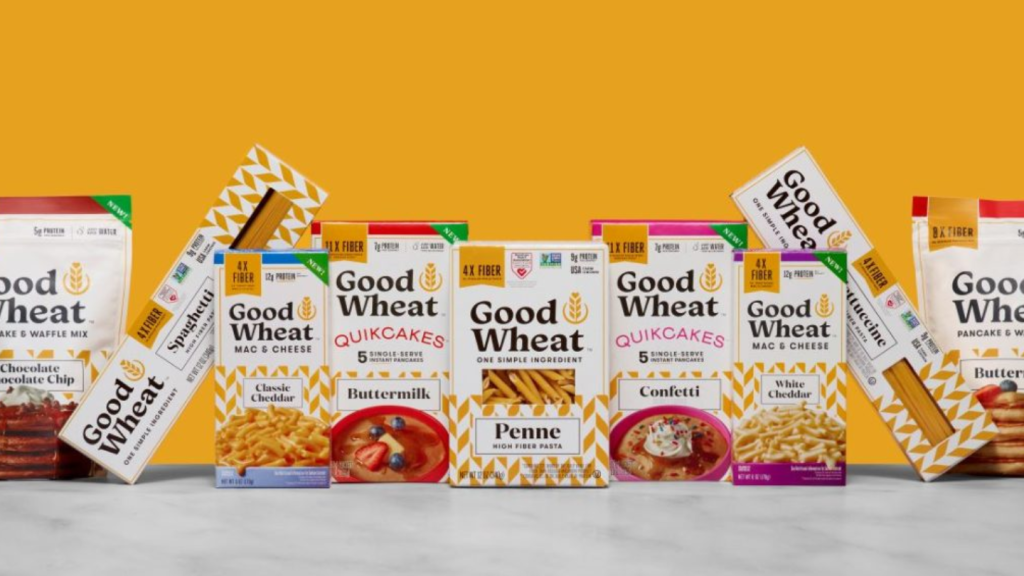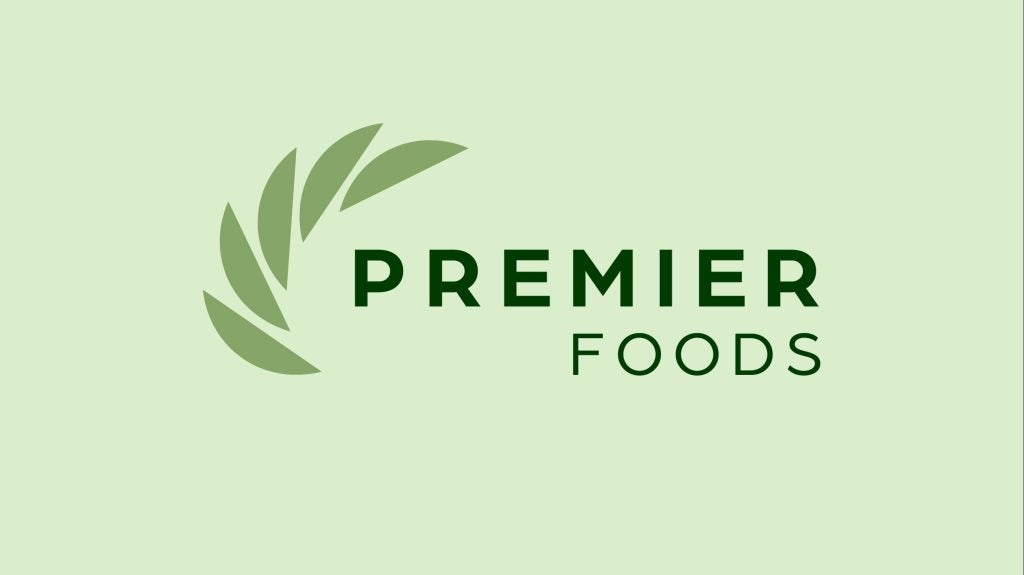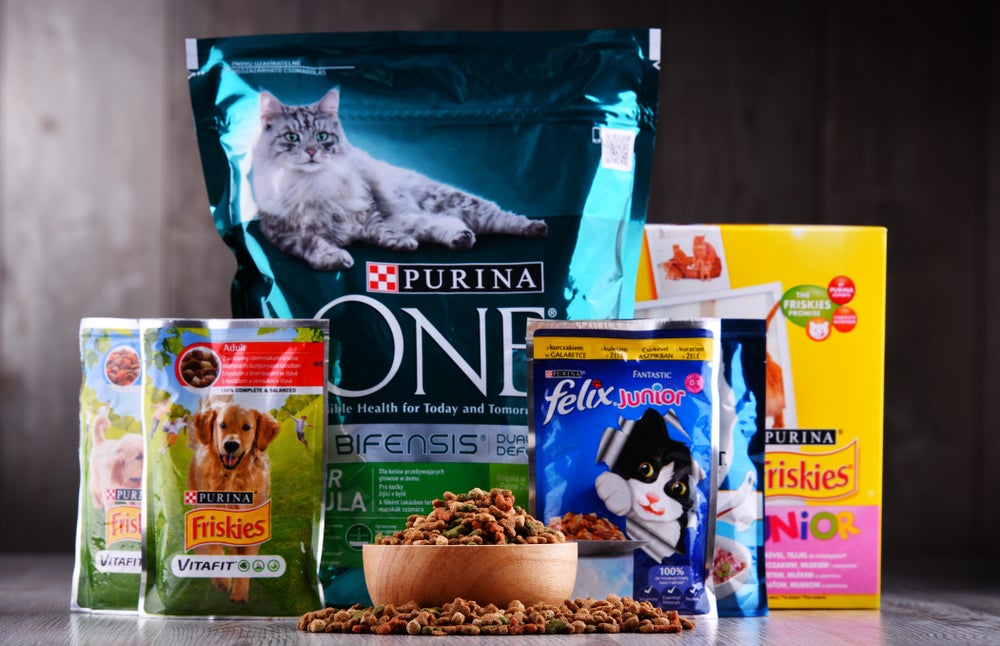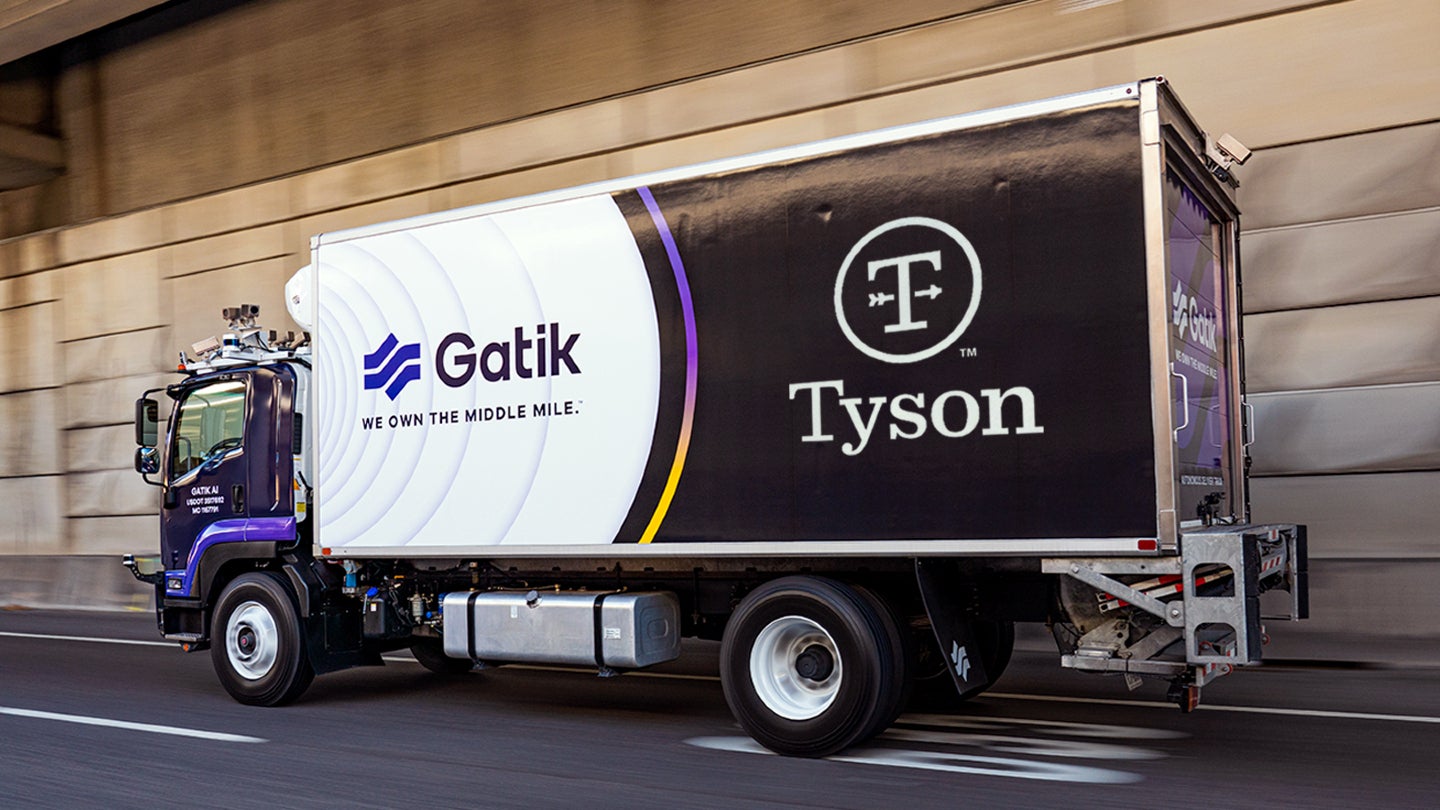
Tyson Foods has raised its guidance for adjusted operating income on the basis of an improving outlook for the chicken segment of its protein portfolio.
Chicken was the odd ball of the US meat giant’s second-quarter and year-to-date performance, with volumes down 6.1% and 3.8%, respectively, while volumes in pork and prepared foods rose. Beef was up in the three-month period but down overall in the second half.
The decline in chicken volumes was attributed to six plants that Tyson Foods has closed since last year as part of a factory optimisation drive, which has also included the shutting down of two case-ready beef facilities.
Chicken sales fell 8.2% in the second quarter to $4.06bn. CFO John Tyson explained the volume decline was “driven by lower production as we better aligned our supply to customer demand”, even as prices were cut 2.1%.
However, he said the forward “momentum” in the chicken segment continued in the second quarter, accompanied by a “significant improvement” in profitability.
Consequently, Tyson Foods raised its outlook for adjusted operating income (AOI) for chicken to $700-900m, from the $500-700m provided at the first-quarter results announcement in February.
How well do you really know your competitors?
Access the most comprehensive Company Profiles on the market, powered by GlobalData. Save hours of research. Gain competitive edge.

Thank you!
Your download email will arrive shortly
Not ready to buy yet? Download a free sample
We are confident about the unique quality of our Company Profiles. However, we want you to make the most beneficial decision for your business, so we offer a free sample that you can download by submitting the below form
By GlobalDataThat boosted the group AOI guidance for fiscal 2024 to a range of $1.4-1.8bn, compared to $1-1.5bn previously. The non-GAPP measure rose 58% in the first half to $817m.
“Given the strong start in the first half of the year, we continue to believe that there are more tailwinds than headwinds” for chicken, Mr Tyson said yesterday (6 May) as he discussed the new AOI guide.
Meanwhile, president and CEO Donnie King said there were volume distortions in the comparative first and second quarters of last year, when Tyson Foods “absolutely missed the demand signal” in the first period that carried over into the second quarter of 2023.
“There were also issues with profitable sales as it relates to Q1 and Q2 last year, so we're beyond that,” King said.
“We've cleaned all of that up, and we're moving forward. We're running a much better business today in our chicken business.”
King provided some colour on the aspects of the factory optimisation strategy as the capital expenditure budget for 2024 was tightened at the top end to $1.2-1.4bn, from the $1-1.5bn outlined in February.
“A key element of operational excellence is to gain enterprise scale and unlock savings in our controllables by modernising our operations and driving performance to standards,” King said.
“We continue to build our digital capabilities utilising data, automation, and AI-tech for better decision-making and outcomes.”
Capex was $621m in the first half and Mr Tyson said the $267m outlay in the second quarter “was the lowest quarterly spend in several years and represents the fifth quarter in a row of sequential decline as we lap our elevated capex from the previous two fiscal years”.
He added that Tyson Foods is “maintaining tight controls on spending in line with profitability”.
Overall group sales are, however, still expected to be flat over the course of fiscal 2024 compared to the $52.8bn for the previous 12 months. They were static at $26.3bn in the first half and were down 0.5% in the second quarter at $13.1bn.
Mr Tyson said: “To add some colour to the shape of the rest of the year, uncertainties remain around consumer strength and behaviour, the progression of the cattle cycle and key commodity costs.”
CEO King added that Tyson Foods has been gaining market share, which he put at “400 basis points of dollar share in our core business lines” since the second quarter of fiscal 2019.
“While our share is down modestly versus last year as we lap some record performance, we have gained dollar share over each of the past three quarters,” he said.
“While we're not immune to the macro environment, we are taking steps to reduce our exposure to commodity markets. We are expanding our offerings in seasoned and marinated meats to value-up our portfolio across beef, pork and chicken.”



